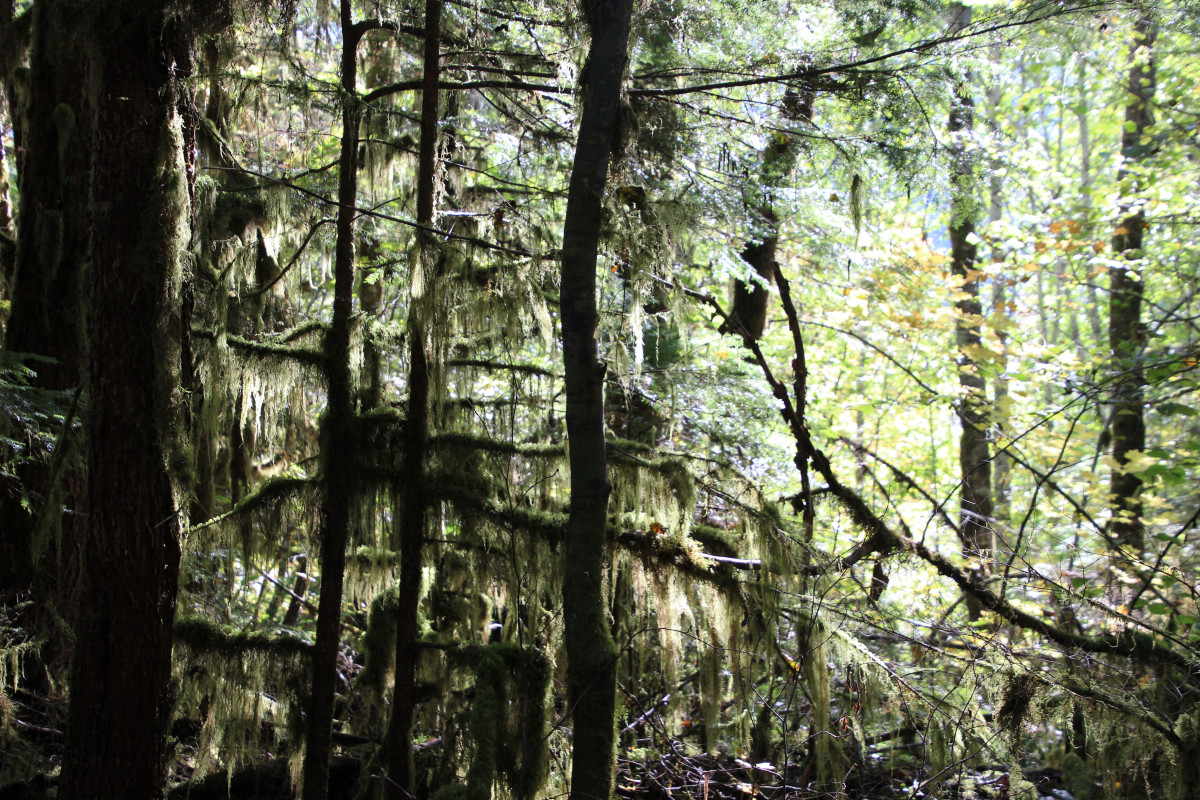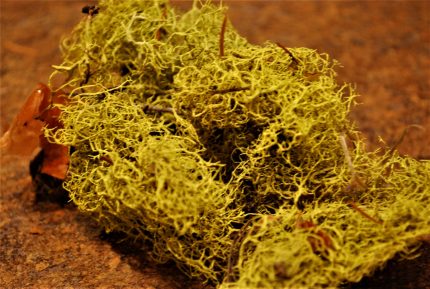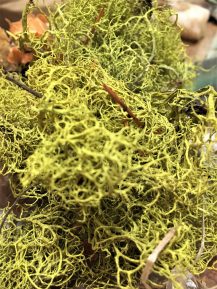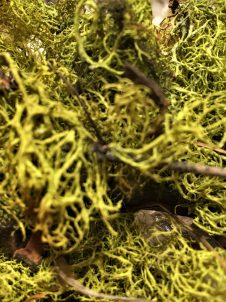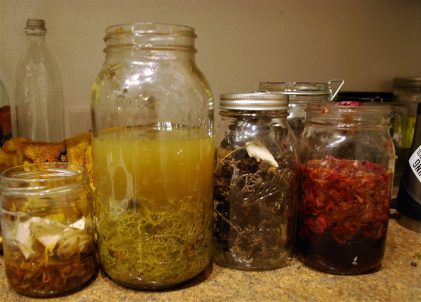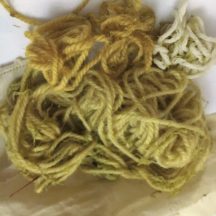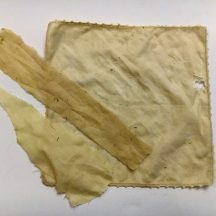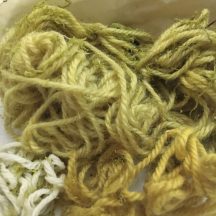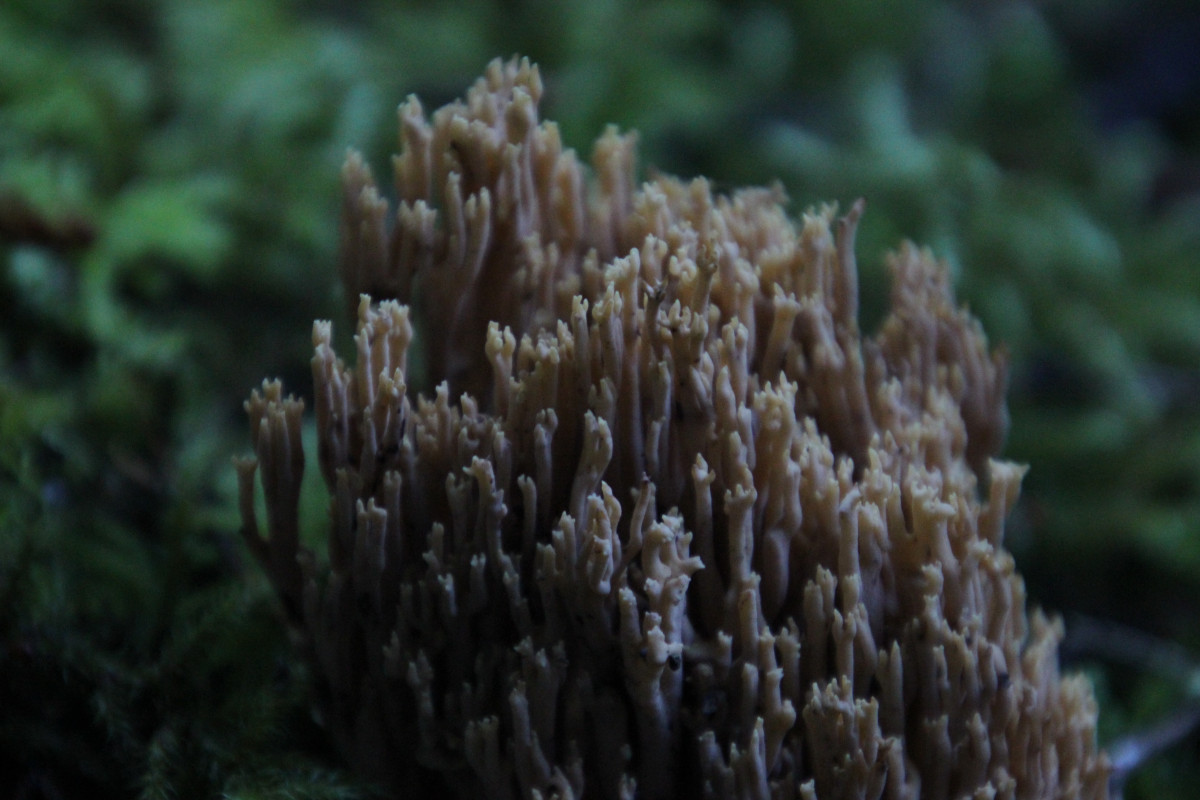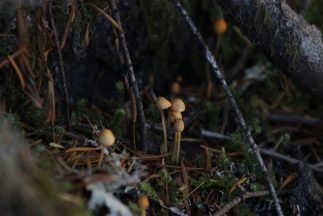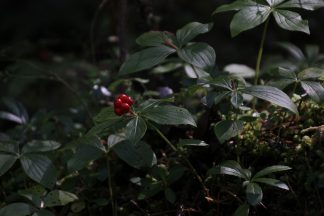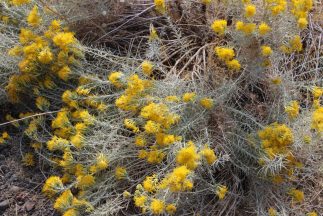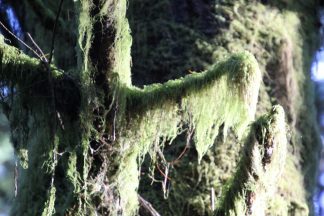
The flowers I was saving from farm grounds and the cabbage on the verge of rot are becoming mostly a thing of the past as winter descends on the Pacific North West. And while that means a lot of my dye plant dreams are coming to a short even (even though my freezer is still pretty full) it also means that there is room for a little more creativity and magic. Many different fungi’s, moss and lichen’s have been used to create pigment. I have been collected lichen for the past couple of weeks and have gone on some walks searching for the right kinds of mushrooms. While I have found some awesome fungi that could do that trip I am weary to try them out in my kitchen. Without proper knowledge on fungi making dye baths in a very poor ventilated kitchen could be a problem. I am also running out of pots to cook in, I actually can only use my wok at this point as I have used every other dish for a dye experiment. I have also taken pots from friends. So for now, considering the quarter is coming to an end I will just revel in the beauty and plan for my next dye creations with mushrooms tell next time.
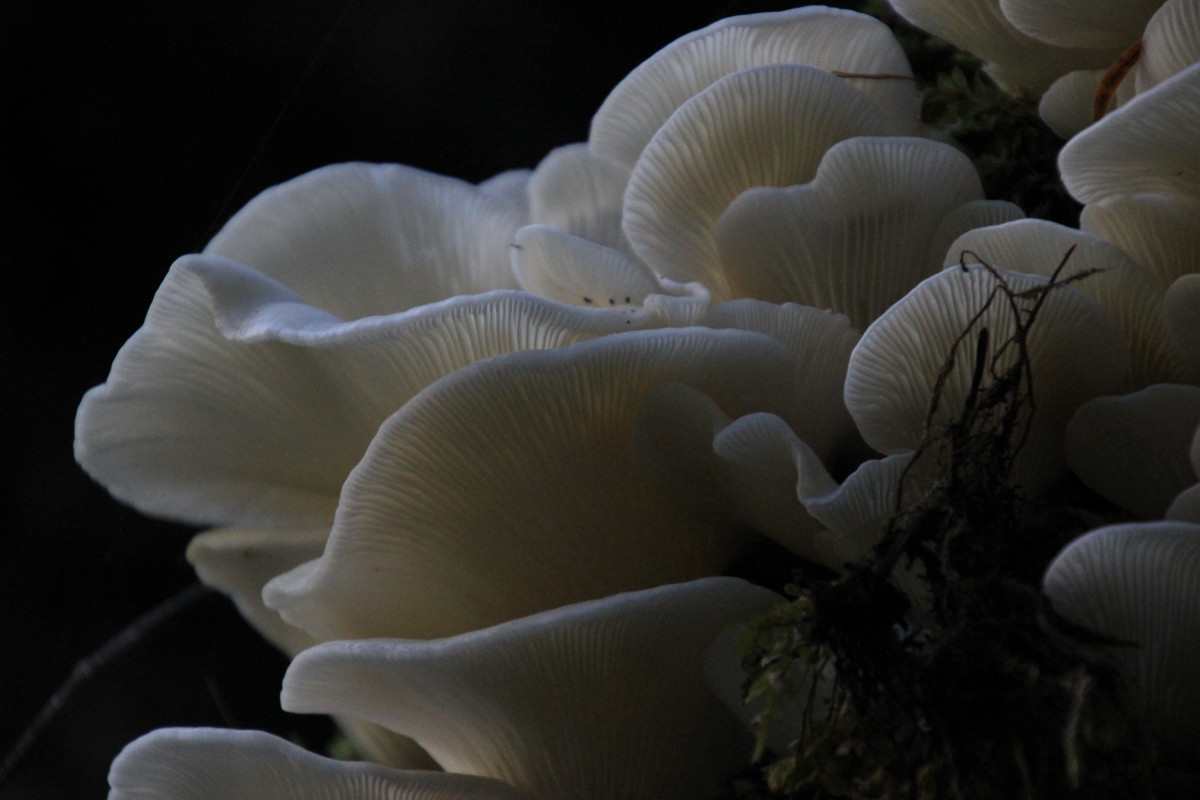

For this dye experiment I collected Wolf Lichen from the Tieton on forest service land near the Gifford Pinchot National Forest. I only collected from dead logs where there seemed to be plenty of lichen growing and made sure not to take too much from each spot. While this isn’t food waste, I still wanted to try this one out. Wolf Lichen is one of my favorites and I love knowing that when I see its neon colors coloring the wet forests that I got to explore the other colors it can make. I didn’t get to explore with different mordants and only made a simple dye bath, so I am sure you could get stronger colors with higher quality fabrics and more prepared dye process, but this was still wonderful.
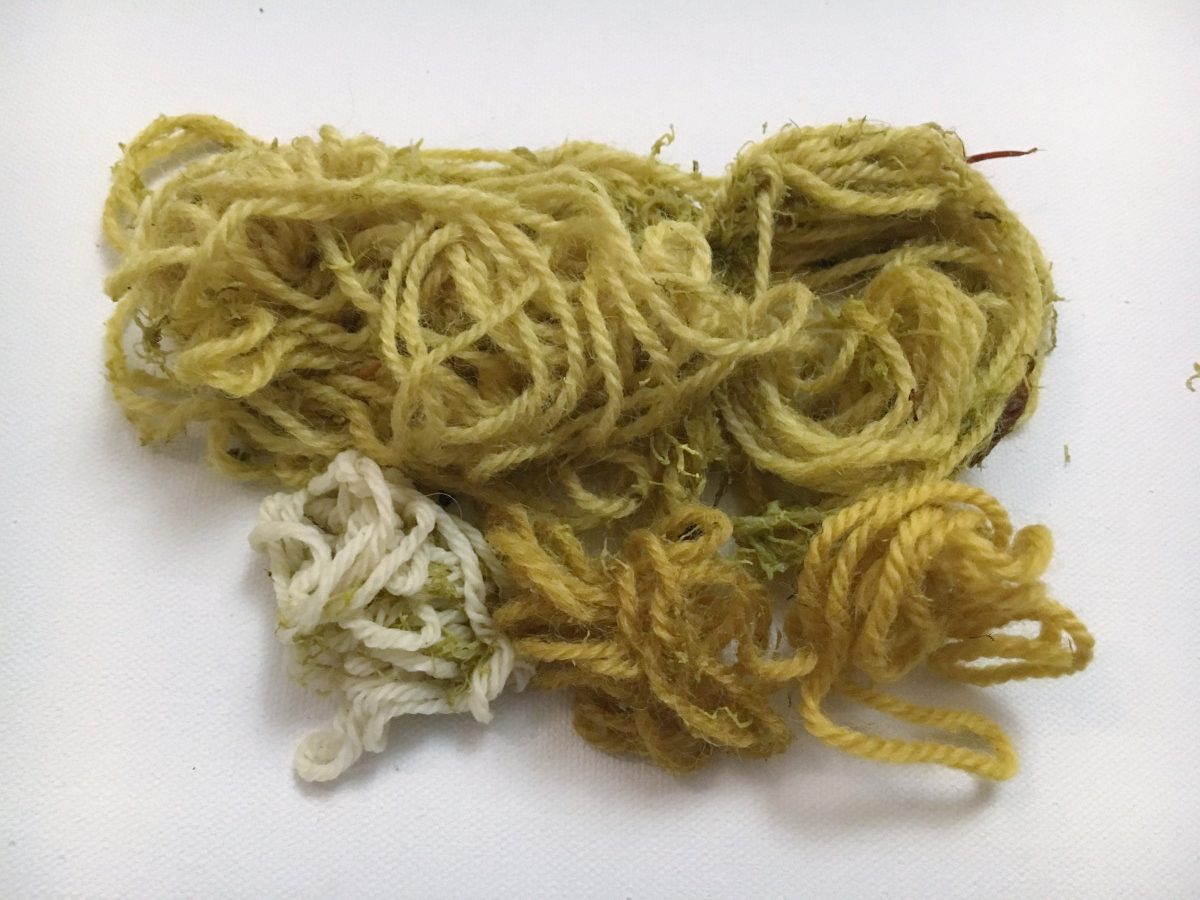

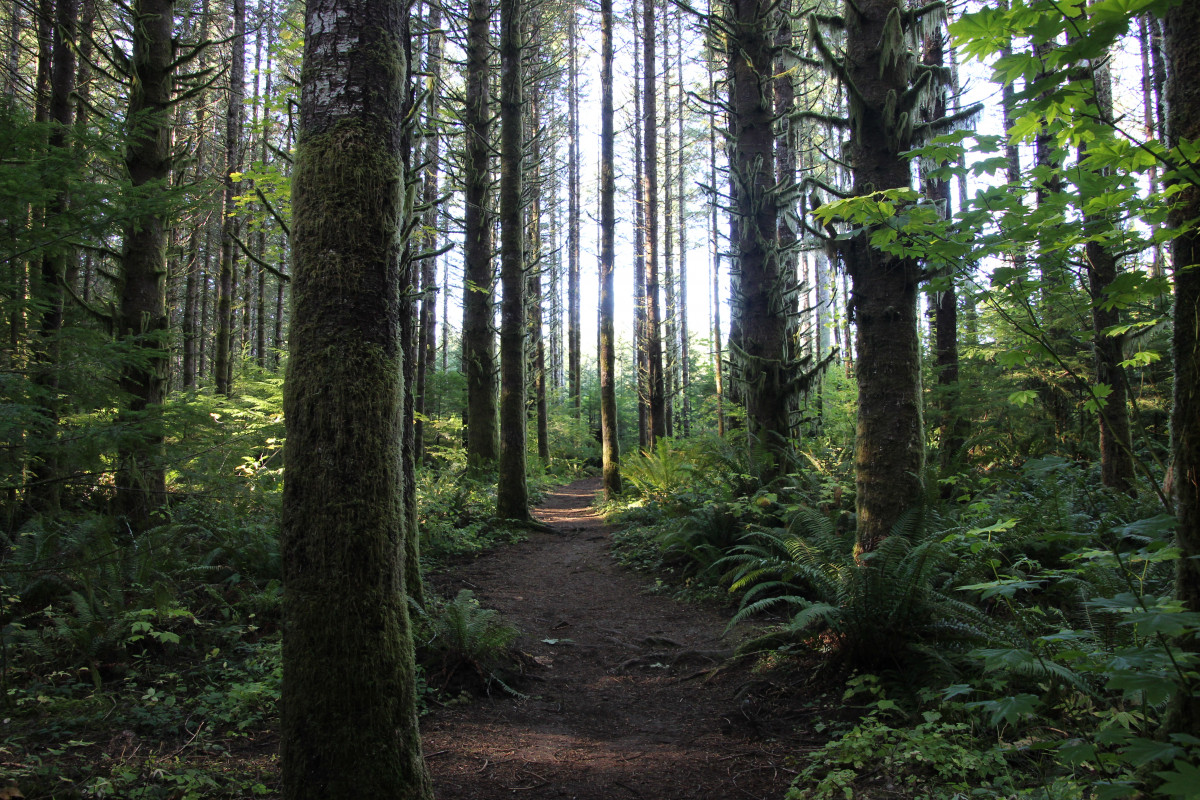
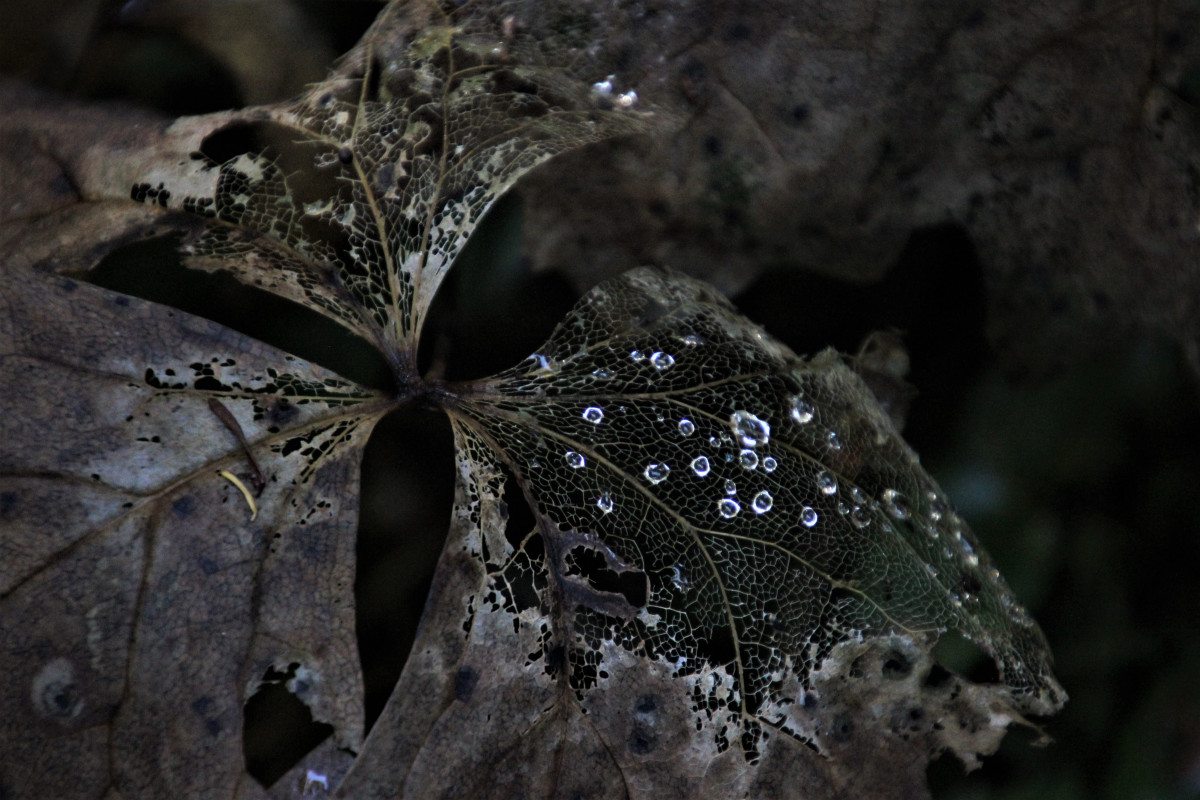

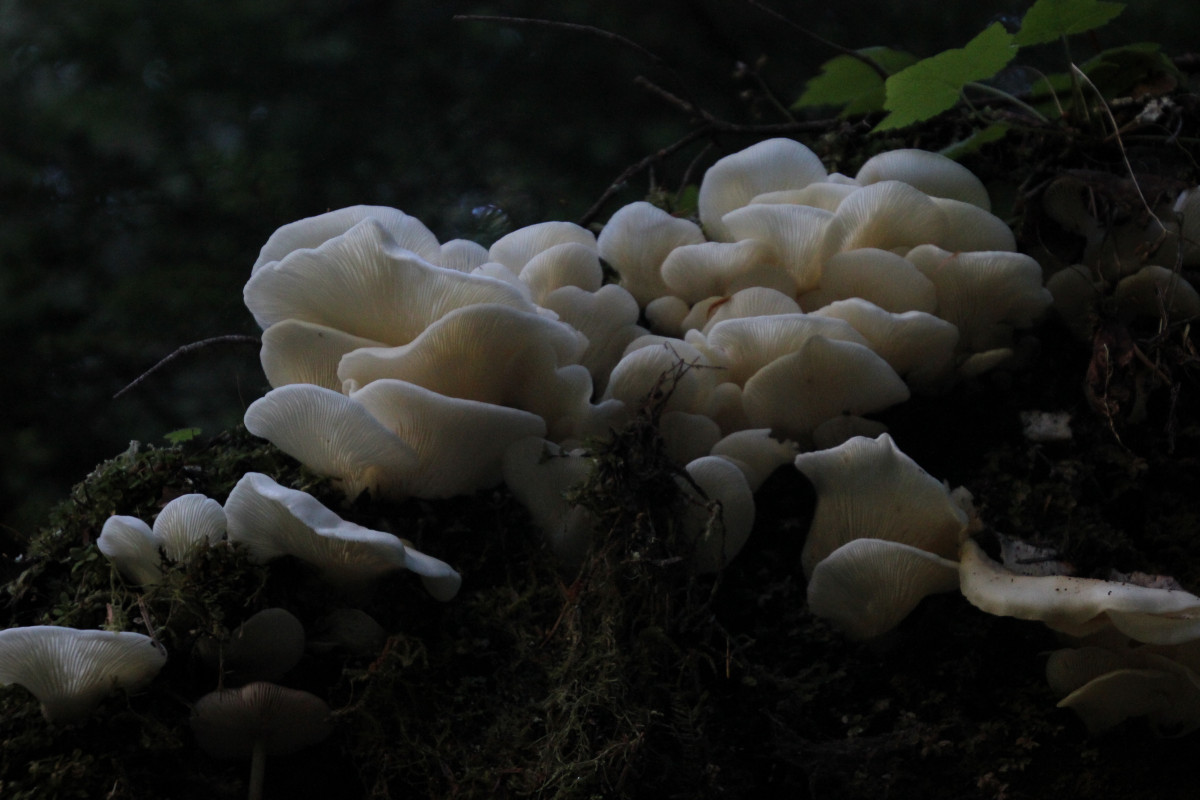 The best way to get vibrant colors from lichen, even hot pink, is to ferment it for at least a couple of months. While I would love to try this out I will be leaving the country by the time this dye would be ready for a dye bathe, but now I know!
The best way to get vibrant colors from lichen, even hot pink, is to ferment it for at least a couple of months. While I would love to try this out I will be leaving the country by the time this dye would be ready for a dye bathe, but now I know!

